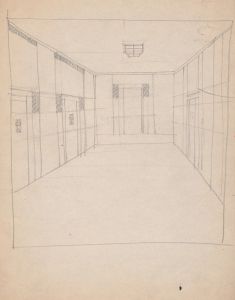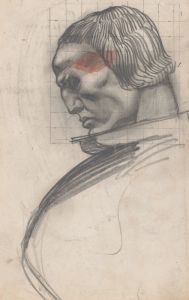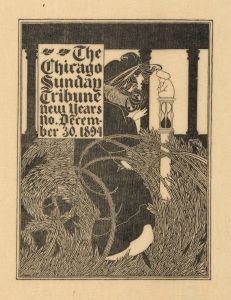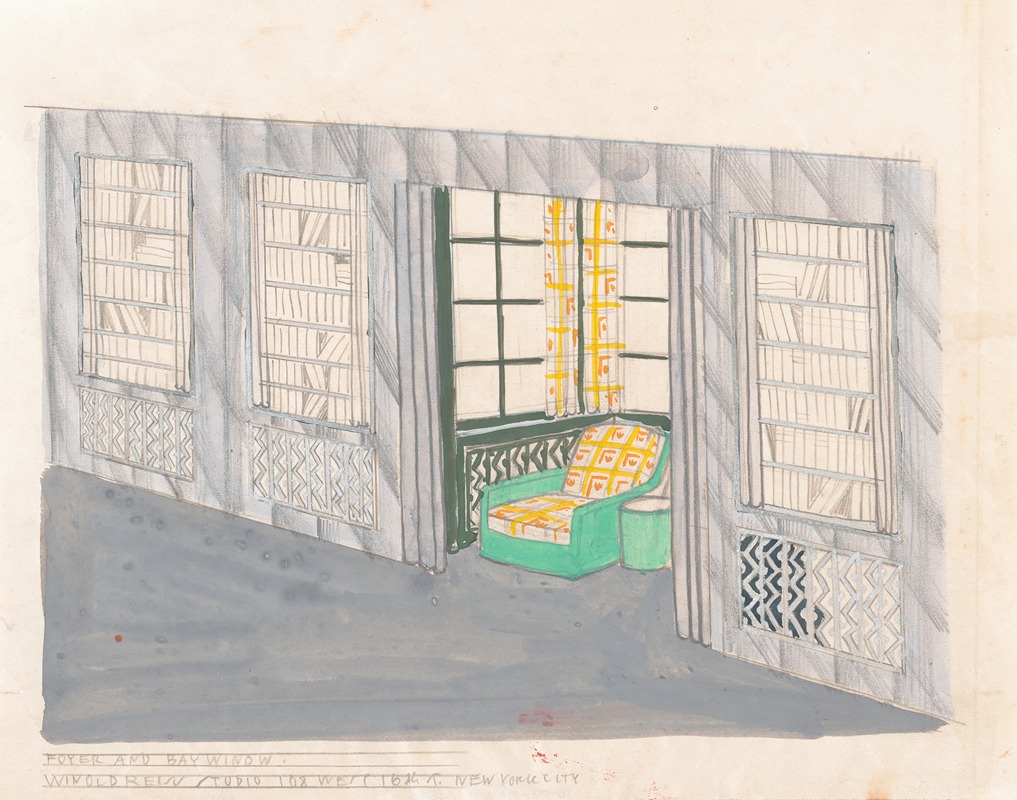
Designs for the Tavern Club, 333 Michigan Avenue, Chicago, Illinois.] [Sketch for foyer and bay window
A hand-painted replica of Winold Reiss’s masterpiece Designs for the Tavern Club, 333 Michigan Avenue, Chicago, Illinois.] [Sketch for foyer and bay window, meticulously crafted by professional artists to capture the true essence of the original. Each piece is created with museum-quality canvas and rare mineral pigments, carefully painted by experienced artists with delicate brushstrokes and rich, layered colors to perfectly recreate the texture of the original artwork. Unlike machine-printed reproductions, this hand-painted version brings the painting to life, infused with the artist’s emotions and skill in every stroke. Whether for personal collection or home decoration, it instantly elevates the artistic atmosphere of any space.
Winold Reiss was a German-American artist and designer known for his contributions to interior design and his distinctive style that combined elements of European modernism with American themes. One of his notable works includes the designs for the Tavern Club located at 333 Michigan Avenue in Chicago, Illinois. This particular project showcases Reiss's skill in creating spaces that are both functional and aesthetically pleasing, reflecting the cultural and social dynamics of the time.
The Tavern Club was a private social club established in the early 20th century, serving as a gathering place for Chicago's elite. It was known for its vibrant social scene and its commitment to the arts, often hosting events and exhibitions. The club's location on Michigan Avenue placed it in the heart of Chicago's bustling cultural district, making it a significant venue for social and artistic exchange.
Reiss's design for the Tavern Club included a sketch for the foyer and a bay window, which exemplified his ability to blend architectural elements with artistic flair. His approach often involved the use of bold colors, geometric patterns, and a keen attention to detail, which were hallmarks of his style. The foyer, as the entrance to the club, was designed to make a strong impression on visitors, setting the tone for the elegance and sophistication that characterized the club's interior.
The bay window, another focal point of Reiss's design, was likely intended to provide both aesthetic appeal and practical function. Bay windows are known for allowing natural light to flood into a space, creating a warm and inviting atmosphere. In the context of the Tavern Club, the bay window would have served as a place for members to gather, converse, and enjoy views of the surrounding cityscape.
Reiss's work on the Tavern Club is an example of his broader contributions to American interior design during the early 20th century. His designs often incorporated elements of Art Deco and modernism, movements that were gaining popularity during this period. Reiss was also known for his portraits and murals, which often depicted Native American subjects and themes, reflecting his interest in diverse cultural expressions.
The Tavern Club project highlights Reiss's versatility as an artist and designer, capable of creating spaces that were not only visually striking but also culturally resonant. His work remains influential, and his designs for the Tavern Club are a testament to his ability to capture the spirit of an era through his unique artistic vision.
While specific details about the execution and current status of Reiss's designs for the Tavern Club may not be extensively documented, his contributions to the field of design are well-recognized. Reiss's legacy continues to be celebrated in the realms of art and architecture, where his innovative approach and commitment to cultural diversity have left a lasting impact.





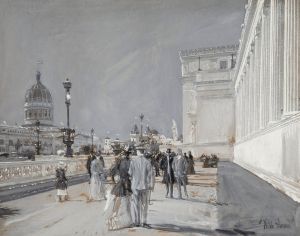
![[Graphic designs for Fortune magazine.] [Study for cover with telephone lines and wings over the globe](/imgs/249241/s/winold-reiss-graphic-designs-for-fortune-magazine-study-for-cover-with-telephone-lines-and-wings-over-the-globe-5933e802.jpg)
![Design for unidentified interior.] [Drawing of columned hall with altar on a stepped plinth and decorative frieze featuring elephants](/imgs/249300/s/winold-reiss-design-for-unidentified-interior-drawing-of-columned-hall-with-altar-on-a-stepped-plinth-and-decorative-frieze-featuring-elephants-5fe6009d.jpg)
![Designs for unidentified restaurant or bar interiors.] [Color study of bar, showing elevations with turquoise and vermillion decorations with tropical theme, no. 1](/imgs/249335/s/winold-reiss-designs-for-unidentified-restaurant-or-bar-interiors-color-study-of-bar-showing-elevations-with-turquoise-and-vermillion-decorations-with-tropical-theme-no-1-cec5c0ed.jpg)
![Drawings for proposed decorations of Mike Lyman’s Restaurant, 424 W. Sixth St., Los Angeles, CA.] [Drawing #8, playroom elevation N and O](/imgs/249339/s/winold-reiss-drawings-for-proposed-decorations-of-mike-lymans-restaurant-424-w-sixth-st-los-angeles-ca-drawing-8-playroom-elevation-n-and-o-2e0cd08a.jpg)
![Graphic design drawings for Barricini Candy packages.] [Study, wheel pattern lid design in blue, yellow, and gold](/imgs/249348/s/winold-reiss-graphic-design-drawings-for-barricini-candy-packages-study-wheel-pattern-lid-design-in-blue-yellow-and-gold-18aaf641.jpg)
![Interior perspective drawings of Hotel Siwanoy, Mount Vernon, NY.] [Interior perspective of dining room](/imgs/249368/s/winold-reiss-interior-perspective-drawings-of-hotel-siwanoy-mount-vernon-ny-interior-perspective-of-dining-room-d26480cd.jpg)
![Interior perspective studies for Restaurant Crillon, 15 East 48th Street, New York, NY.] [Interior perspective study](/imgs/249374/s/winold-reiss-interior-perspective-studies-for-restaurant-crillon-15-east-48th-street-new-york-ny-interior-perspective-study-57caabec.jpg)
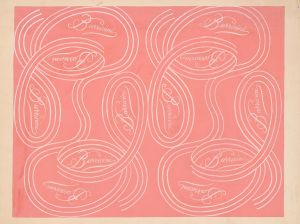
![Designs for theater with black-framed proscenium and boldly colored settings.] [Study for stage light wall decoration, possibly for Caf ̌Crillon ……](/imgs/249421/s/winold-reiss-designs-for-theater-with-blackframed-proscenium-and-boldly-colored-settings-study-for-stage-light-wall-decoration-possibly-for-caf-crillon--2b2d7011.jpg)
